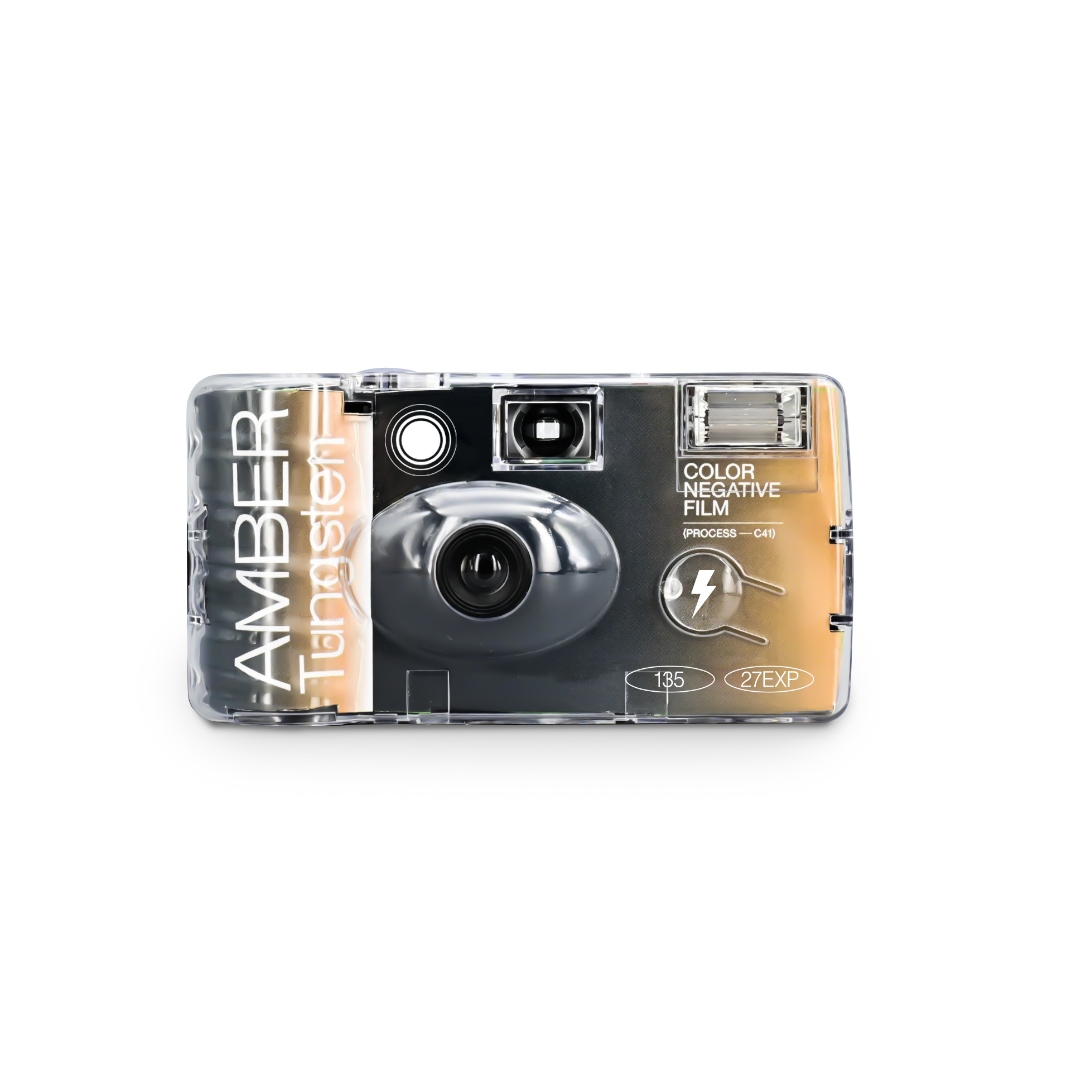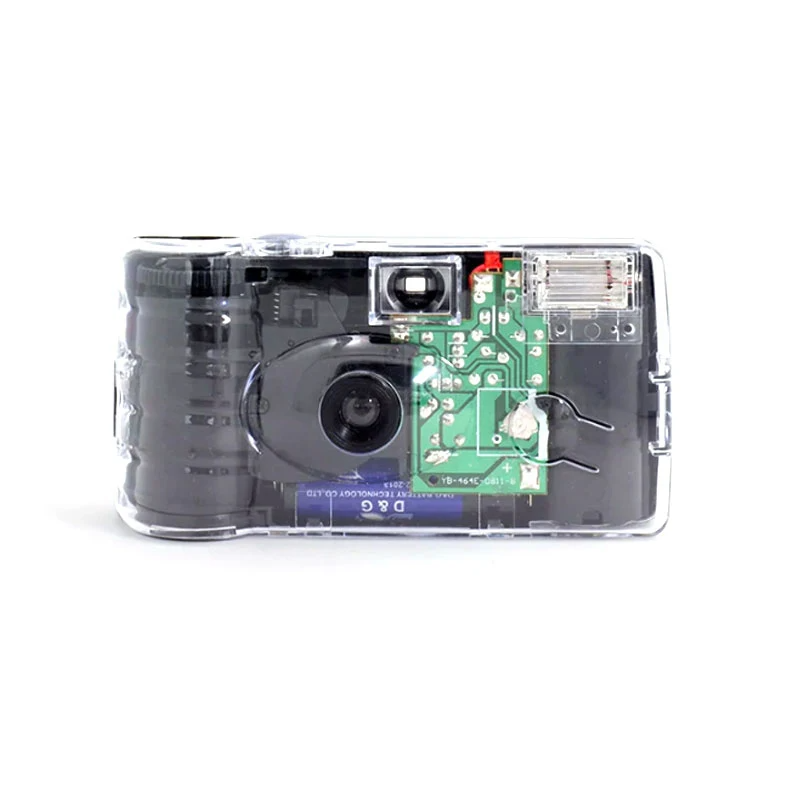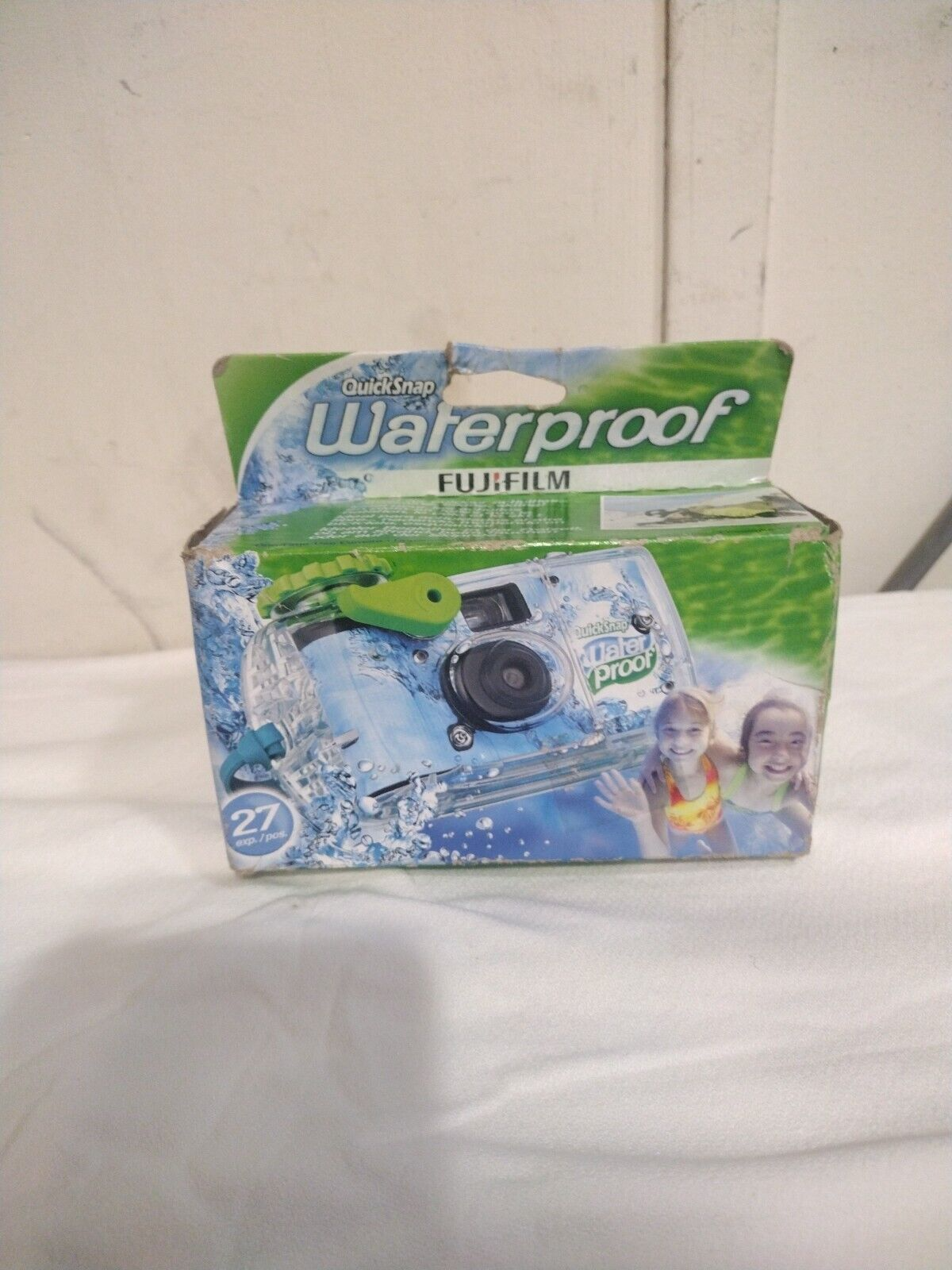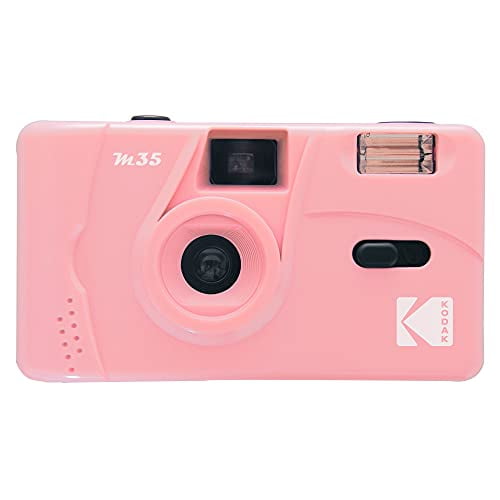In an age dominated by digital technology, the 35mm disposable camera stands as a nostalgic, yet surprisingly relevant, alternative. Known for their simplicity, affordability, and unique aesthetic, disposable cameras continue to capture the hearts of both amateur photographers and seasoned professionals. This article explores the history, features, benefits, and practical considerations of using 35mm disposable cameras, shedding light on why they remain a beloved photographic tool.
The History and Revival of Disposable Cameras
Origins and Evolution
The first disposable cameras emerged in the late 1980s as a convenient and affordable alternative to traditional film cameras. Fujifilm introduced the world’s first disposable camera, the “QuickSnap,” in 1986. These cameras were designed to be easy to use, with a fixed focus lens, a built-in flash, and preloaded film. They quickly gained popularity for their simplicity and convenience, making photography accessible to a broader audience.
Throughout the 1990s, disposable cameras became a staple at events, vacations, and casual outings. The affordability and ease of use made them particularly appealing for capturing spontaneous moments without the worry of damaging an expensive camera. Major brands like Kodak and Fujifilm continued to innovate, introducing waterproof models and various film types to cater to different needs.
With the advent of digital photography in the early 2000s, disposable cameras saw a decline in popularity. However, their unique charm and analog aesthetic have recently sparked a revival. Younger generations, nostalgic for the tactile experience of film photography, have embraced disposable cameras for their simplicity and the “retro” appeal of their photos. This resurgence underscores the enduring appeal of 35mm disposable cameras in a digital world.
Modern-Day Appeal
In today’s fast-paced and technology-driven world, the appeal of 35mm disposable cameras lies in their simplicity and authenticity. Disposable cameras offer a refreshing break from the instant gratification of digital photography. They encourage a more deliberate approach to photography, where each shot counts, and the anticipation of waiting for film to be developed adds to the excitement.
The analog aesthetic of disposable camera photos is another key factor in their modern-day appeal. The grainy texture, imperfect exposures, and occasional light leaks create a distinctive look that digital filters struggle to replicate authentically. This aesthetic quality has made disposable cameras a favorite among artists, influencers, and anyone seeking a unique and nostalgic touch to their photographs.
The affordability and accessibility of disposable cameras also contribute to their appeal. They provide an entry point into film photography without the need for expensive equipment or extensive knowledge. This democratization of photography encourages creativity and spontaneity, allowing more people to explore and enjoy the art of taking pictures.
Key Features of 35mm Disposable Cameras
Simplicity and Ease of Use
One of the standout features of 35mm disposable cameras is their simplicity and ease of use. Designed with beginner photographers in mind, these cameras require no manual adjustments or technical know-how. They typically come with a fixed focus lens, a built-in flash, and preloaded film, making them ready to use straight out of the box.
The fixed focus lens means there is no need to worry about adjusting settings or focusing the shot. This simplicity allows users to point and shoot, capturing moments quickly and easily. The built-in flash ensures that photos can be taken in various lighting conditions, adding versatility to the camera’s functionality.
The ease of use extends to the film loading process, as disposable cameras come preloaded with film. Once all the exposures are used, the entire camera is returned for processing. This eliminates the need for users to handle film, making the process straightforward and hassle-free. This simplicity encourages spontaneity and allows users to focus on capturing the moment rather than managing camera settings.
Fixed Focus Lens and Built-in Flash
The fixed focus lens is a defining feature of 35mm disposable cameras. Typically set to capture subjects from a few feet away to infinity, this type of lens is perfect for general use. The focus-free nature means that every shot, whether a close-up or a wide scene, has a good chance of being clear and sharp. This makes disposable cameras ideal for capturing candid moments.
The built-in flash is another essential feature that enhances the usability of disposable cameras. The flash ensures that photos can be taken in various lighting conditions, whether indoors, outdoors, or at night. The straightforward design allows users to toggle the flash on or off with a simple switch, providing flexibility for different shooting environments.
The combination of a fixed focus lens and a built-in flash makes disposable cameras versatile and reliable. These features allow users to capture a wide range of scenes and subjects without worrying about technical settings. This versatility is particularly valuable for casual photographers who want to document events, vacations, and everyday moments easily and effectively.
Preloaded Film and Development Process
Disposable cameras come preloaded with 35mm film, which typically allows for 24 to 36 exposures. This preloaded film eliminates the need for users to handle or load film, simplifying the process and ensuring that the camera is ready to use immediately. Once all the exposures are used, the entire camera is returned for processing.
The development process for disposable cameras involves taking the camera to a photo lab or using a mail-in service. The film is developed, and users can receive printed photos, digital scans, or both, depending on their preferences. This process adds an element of anticipation and excitement, as users wait to see the results of their photos.
The preloaded film and development process contribute to the nostalgic appeal of disposable cameras. The tactile experience of handling a physical camera, the waiting period for development, and the joy of receiving printed photos all add to the charm and satisfaction of using a disposable camera. This process enhances the overall experience and encourages a more thoughtful approach to photography.
Different Models and Variations
While the basic design of 35mm disposable cameras remains consistent, there are several models and variations available to cater to different needs and preferences. Major brands like Fujifilm, Kodak, and Ilford offer a range of disposable cameras, each with unique features and specifications.
Waterproof disposable cameras are popular for outdoor and underwater photography. These models are designed to withstand moisture and submersion, making them ideal for beach trips, pool parties, and snorkeling adventures. The waterproof casing ensures that the camera remains functional in wet conditions, allowing users to capture memorable moments without worrying about water damage.
Black-and-white and specialty film disposable cameras are also available for those seeking a unique and artistic touch to their photos. Black-and-white film adds a classic and timeless quality to the images, while specialty film options, such as high ISO or experimental films, offer creative possibilities. These variations allow users to experiment with different styles and effects, enhancing the versatility and appeal of disposable cameras.
Benefits of Using 35mm Disposable Cameras
Nostalgia and Aesthetic Quality
One of the primary benefits of using 35mm disposable cameras is the nostalgia and aesthetic quality they offer. For many, disposable cameras evoke memories of simpler times, family vacations, and childhood adventures. The tactile experience of handling a physical camera, winding the film, and waiting for development adds to the nostalgic appeal.
The aesthetic quality of photos taken with disposable cameras is another significant benefit. The grainy texture, imperfect exposures, and occasional light leaks create a distinctive look that digital filters struggle to replicate authentically. This analog aesthetic has become highly sought after by artists, influencers, and anyone seeking a unique and nostalgic touch to their photographs.
The nostalgia and aesthetic quality of disposable camera photos provide a refreshing contrast to the perfection and immediacy of digital photography. These photos capture moments authentically, with all their imperfections and nuances, adding depth and character to the images. This quality makes disposable camera photos memorable and cherished.
Encourages Thoughtful Photography
Using a 35mm disposable camera encourages a more deliberate and thoughtful approach to photography. With a limited number of exposures, photographers must consider each shot carefully, capturing only the most meaningful and impactful moments. This deliberation fosters a deeper connection to the subject and a greater appreciation for the art of photography.
Unlike digital cameras, which allow for endless shots and immediate review, disposable cameras require photographers to trust their instincts and skills. The inability to review and delete photos on the spot encourages mindfulness and intentionality in each shot. This thoughtful approach results in more meaningful and well-composed photographs.
The anticipation of waiting for film development also adds to the thoughtful photography experience. Without instant gratification, photographers learn to be patient and cherish the moments captured. The joy and surprise of seeing the developed photos enhance the overall experience, making each photo more special and significant.
Affordability and Accessibility
Disposable cameras are known for their affordability and accessibility. Their low cost makes them an attractive option for people who want to explore film photography without a significant financial investment. This affordability allows more people to experience the joy of analog photography and experiment with creative expression.
The simplicity and ease of use of disposable cameras make them accessible to photographers of all skill levels. There are no complicated settings or technical knowledge required, making them ideal for beginners and casual users. This accessibility encourages creativity and spontaneity, allowing more people to capture and document their experiences.
In addition to their affordability and ease of use, disposable cameras are widely available at various retailers, both in-store and online. This availability ensures that anyone can easily obtain a disposable camera and start exploring the world of film photography. The democratization of photography through disposable cameras fosters creativity and inclusivity in the art form.
Ideal for Travel and Events
Disposable cameras are particularly well-suited for travel and events. Their compact and lightweight design makes them easy to carry and use on the go. Whether exploring a new city, hiking in nature, or attending a special event, disposable cameras provide a convenient and reliable way to capture memories.
The simplicity and durability of disposable cameras make them ideal for adventurous settings where digital cameras may be at risk of damage. Waterproof models are perfect for beach trips and underwater photography, while the robust construction of standard disposable cameras ensures they can withstand rough handling and various environmental conditions.
The limited number of exposures on disposable cameras encourages travelers and event-goers to capture only the most meaningful moments, resulting in a curated collection of memories. The tangible nature of film photos adds to the nostalgia and sentimentality of travel and event photography, creating lasting keepsakes that can be cherished for years to come.
Practical Considerations When Using 35mm Disposable Cameras
Choosing the Right Camera
When selecting a 35mm disposable camera, consider the specific needs and preferences for your photography project. Different models offer various features and specifications, so it’s important to choose a camera that aligns with your intended use.
For general use, standard disposable cameras from reputable brands like Fujifilm or Kodak are reliable options. These cameras typically come with a preloaded color film and a built-in flash, making them versatile for various lighting conditions and subjects.
If you plan to take photos in wet or underwater environments, choose a waterproof disposable camera. These models are designed to withstand moisture and submersion, ensuring that the camera remains functional in challenging conditions. Waterproof disposable cameras are perfect for beach trips, pool parties, and snorkeling adventures.
For a unique and artistic touch, consider disposable cameras with black-and-white or specialty films. Black-and-white film adds a classic and timeless quality to the images, while specialty films offer creative possibilities. These cameras allow you to experiment with different styles and effects, enhancing the versatility and appeal of disposable photography.
Taking Care of Your Camera
While disposable cameras are designed for convenience and durability, proper care is essential to ensure optimal performance and image quality. Here are some tips for taking care of your disposable camera:
- Protect from Extreme Conditions: Avoid exposing the camera to extreme temperatures, humidity, or direct sunlight. Excessive heat or cold can affect the film and camera’s functionality. Store the camera in a cool, dry place when not in use.
- Handle with Care: Although disposable cameras are durable, handle them gently to avoid damaging the lens or flash. Avoid dropping the camera or subjecting it to rough handling.
- Use the Flash Wisely: The built-in flash is a useful feature, but it should be used appropriately. In low-light conditions, use the flash to ensure proper exposure. In bright or outdoor settings, the flash may not be necessary.
- Avoid Overexposing the Film: Be mindful of the remaining exposures on the camera. Avoid opening the camera or attempting to remove the film, as this can expose the film to light and ruin the photos.
- Follow Development Instructions: Once all the exposures are used, follow the instructions for developing the film. Take the camera to a photo lab or use a mail-in service to have the film developed and receive your printed photos or digital scans.
By taking care of your disposable camera and following these guidelines, you can ensure optimal performance and capture high-quality photos.
Developing and Preserving Your Photos
The development process for disposable cameras involves taking the camera to a photo lab or using a mail-in service. It’s important to choose a reputable photo lab that specializes in film development to ensure the best results. Here are some tips for developing and preserving your photos:
- Choose a Reputable Photo Lab: Research and select a photo lab with positive reviews and experience in film development. A reputable lab will ensure that your photos are developed correctly and with the best possible quality.
- Consider Digital Scans: Many photo labs offer digital scanning services in addition to printed photos. Digital scans provide a convenient way to view and share your photos online and store them digitally for long-term preservation.
- Store Printed Photos Properly: Once you receive your printed photos, store them in a cool, dry place away from direct sunlight. Use photo albums, archival sleeves, or storage boxes to protect your prints from dust, moisture, and damage.
- Backup Digital Copies: If you opt for digital scans, make sure to back up the digital copies to multiple locations, such as external hard drives, cloud storage, or USB drives. This ensures that your photos are preserved and accessible in case of data loss.
By following these tips, you can ensure that your developed photos are preserved and cherished for years to come.
Budget and Value Considerations
When considering the use of 35mm disposable cameras, it’s important to evaluate the cost and value they offer. Disposable cameras are known for their affordability, but it’s essential to factor in the cost of film development and any additional services, such as digital scanning. Here are some considerations for budgeting and maximizing value:
- Camera Cost: Disposable cameras are typically inexpensive, making them an accessible option for film photography. Compare prices from different retailers and choose a camera that fits your budget and needs.
- Development Costs: Film development costs can vary depending on the photo lab and the services you choose. Research pricing for developing, printing, and scanning services to budget accordingly.
- Bulk Purchases: Consider purchasing disposable cameras in bulk, especially for events or group activities. Bulk purchases often come at a discounted price, providing better value for money.
- Digital Scans vs. Prints: Decide whether you prefer digital scans, printed photos, or both. Digital scans are often more cost-effective and provide convenient storage and sharing options, while printed photos offer a tangible and nostalgic keepsake.
- Specialty Services: Some photo labs offer specialty services, such as high-resolution scans, custom prints, and archival quality prints. Evaluate the value of these services and choose options that align with your preferences and budget.
By considering these factors and budgeting accordingly, you can maximize the value and enjoyment of using 35mm disposable cameras.
Popular 35mm Disposable Camera Models
Fujifilm QuickSnap
Fujifilm QuickSnap is one of the most popular and reliable disposable camera models on the market. Known for its high-quality film and durable construction, the QuickSnap is ideal for general use, events, and travel photography. The camera features a fixed focus lens, a built-in flash, and preloaded film, making it ready to use straight out of the box.
The QuickSnap comes in various versions, including standard color film, black-and-white film, and waterproof models. The waterproof version is particularly popular for beach trips, pool parties, and outdoor adventures, as it is designed to withstand moisture and submersion.
Fujifilm QuickSnap is praised for its ease of use, reliability, and consistent photo quality, making it a top choice for those seeking an affordable and versatile disposable camera.
Kodak FunSaver
Kodak FunSaver is another well-known and trusted disposable camera brand. The FunSaver is designed for simplicity and convenience, featuring a fixed focus lens, a built-in flash, and preloaded 35mm color film. The camera is compact and lightweight, making it easy to carry and use on the go.
The FunSaver is ideal for capturing everyday moments, events, and travel experiences. Its built-in flash ensures that photos can be taken in various lighting conditions, and the fixed focus lens allows for quick and easy point-and-shoot photography.
Kodak FunSaver is widely available and praised for its affordability, ease of use, and reliable photo quality. It remains a popular choice for those seeking a dependable and straightforward disposable camera experience.
Ilford HP5
The Ilford HP5 disposable camera is a favorite among black-and-white film enthusiasts. Featuring preloaded HP5 Plus black-and-white film, this camera offers a classic and timeless aesthetic to the photos. The fixed focus lens and built-in flash ensure that users can capture a variety of scenes in different lighting conditions.
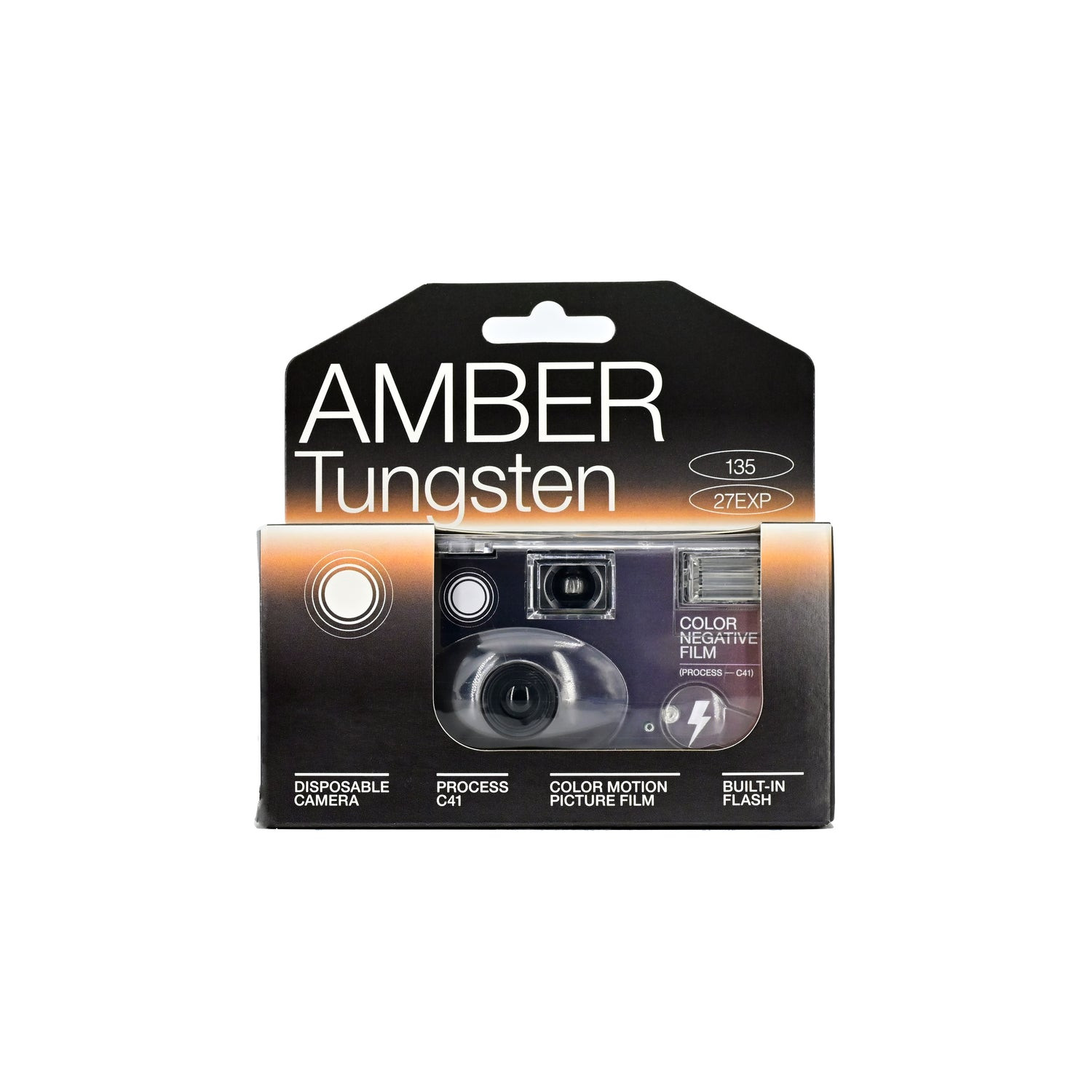
Ilford HP5 is ideal for artistic and creative photography, offering rich contrast, fine grain, and excellent sharpness. The camera is compact and easy to use, making it accessible to both beginners and experienced photographers.
The Ilford HP5 disposable camera is praised for its high-quality black-and-white film, ease of use, and distinctive aesthetic. It is a top choice for those seeking a unique and classic touch to their photos.
Conclusion
The Timeless Appeal of 35mm Disposable Cameras
35mm disposable cameras continue to captivate photographers with their simplicity, affordability, and unique aesthetic. The nostalgic charm and analog quality of disposable camera photos offer a refreshing contrast to the perfection and immediacy of digital photography. By encouraging a thoughtful and deliberate approach to photography, disposable cameras foster creativity and appreciation for the art of capturing moments.
When choosing a disposable camera, consider the specific needs and preferences for your photography project. Popular models like Fujifilm QuickSnap, Kodak FunSaver, and Ilford HP5 offer a range of options to suit different styles and environments. Proper care, maintenance, and thoughtful budgeting ensure that you maximize the value and enjoyment of using disposable cameras.
The enduring appeal of 35mm disposable cameras lies in their ability to capture moments authentically and meaningfully. Whether for travel, events, or everyday photography, these cameras provide a unique and satisfying experience that resonates with both seasoned photographers and newcomers alike. Embrace the simplicity and charm of 35mm disposable cameras and rediscover the joy of analog photography.
